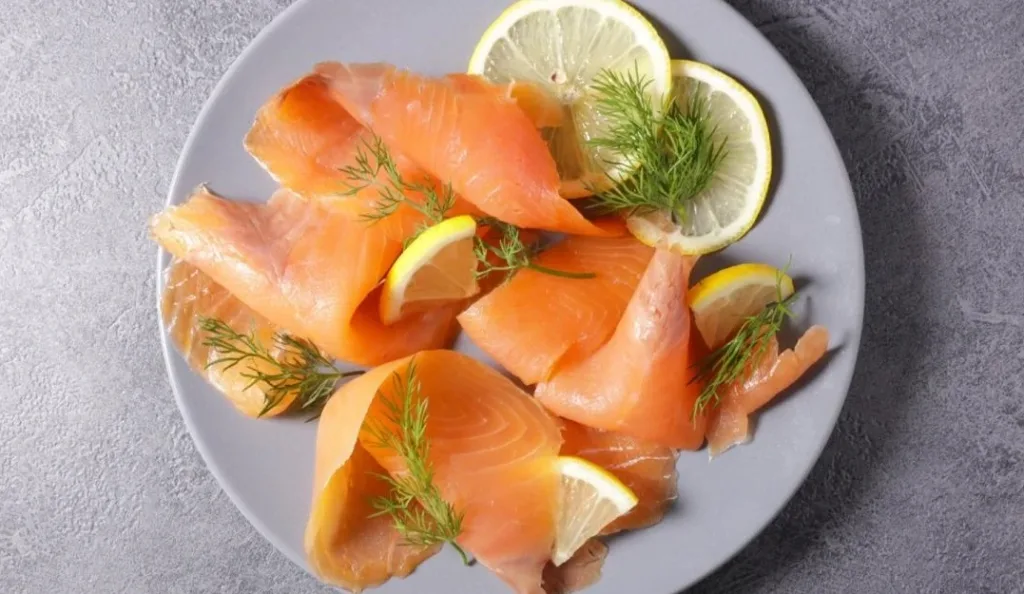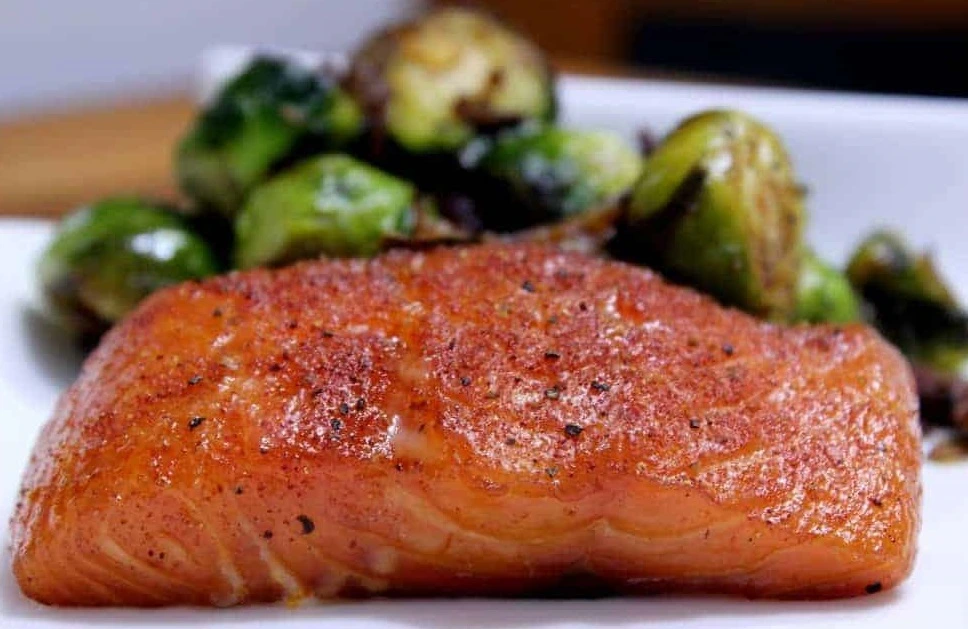Introduction
Smoking salmon is a traditional method of preserving and enhancing the flavor of fish that dates back centuries. Today, smoked salmon has become a gourmet favorite, known for its delicate smoky taste and tender texture. Whether you’re preparing it for a brunch spread, using it as a topping for bagels, or incorporating it into elegant appetizers, learning how to smoke salmon at home gives you full control over flavor and quality.
In this article, we’ll walk you through the process of smoking salmon, from selecting the right fish to mastering the smoking technique. Whether you’re a beginner or an experienced home chef, our step-by-step guide will ensure that you achieve perfectly smoked salmon every time.
Questions and Answers About Smoked Salmon
Q1: What type of salmon is best for smoking?
A: The best type of salmon for smoking is wild-caught salmon, such as King (Chinook), Sockeye, or Coho. These varieties have a higher fat content, which results in richer flavor and a moist texture after smoking. However, farmed Atlantic salmon is also commonly used and can yield excellent results.
Q2: What’s the difference between cold smoking and hot smoking salmon?
A: Cold smoking salmon involves smoking the fish at a lower temperature (around 70°F or 21°C), which gives it a smoother, silkier texture. Hot smoking, on the other hand, cooks the salmon fully, resulting in a flaky texture. This guide focuses on hot smoking, as it is more accessible for home cooks.
Step-by-Step Recipe Guide
🐟 Ingredients for Smoked Salmon:
- For the Brine:
- 1 quart water
- 1/4 cup kosher salt
- 1/4 cup brown sugar
- 1 tablespoon black peppercorns
- 1 bay leaf
- 1 lemon, sliced
- For the Salmon:
- 2 to 3 pounds fresh salmon fillets (skin on)
- Olive oil (for brushing)
- Optional: fresh herbs (like dill or thyme), additional black pepper
🍴 Directions for Smoked Salmon:
1: Prepare the Brine
- In a large bowl or container, combine water, kosher salt, brown sugar, black peppercorns, bay leaf, and lemon slices. Stir until the salt and sugar are fully dissolved.
- Place the salmon fillets in the brine, making sure they are fully submerged. Cover and refrigerate for 4 to 6 hours. Brining helps to season the fish and maintain moisture during smoking.
2: Dry the Salmon
- After brining, remove the salmon from the liquid and pat it dry with paper towels. Place the fillets on a wire rack and refrigerate uncovered for 2 to 4 hours. This allows a pellicle (a thin, tacky layer) to form on the surface, which helps the smoke adhere to the fish.
3: Prepare the Smoker
- Preheat your smoker to 175°F (80°C). If you’re using wood chips, hickory, alder, or applewood are great choices for smoking salmon. Soak the wood chips in water for about 30 minutes before adding them to the smoker.
- Brush the salmon fillets with a thin layer of olive oil and season with black pepper or fresh herbs if desired.
4: Smoke the Salmon
- Place the salmon fillets directly on the smoker grates, skin-side down. Close the smoker and let the fish smoke for 2 to 3 hours, or until the internal temperature reaches 145°F (63°C). The fish should have a rich golden color and a flaky texture.
- During the smoking process, check the smoker occasionally to ensure the temperature remains steady and that the wood chips are producing consistent smoke.
5: Rest and Serve
- Once the salmon reaches the desired internal temperature, remove it from the smoker and let it rest for 10 minutes. This allows the flavors to settle.
- Serve the smoked salmon warm or chilled, depending on your preference. It pairs well with crackers, bagels, or as part of a charcuterie board.

Recipe Variations
- Maple-Glazed Smoked Salmon: Add a touch of sweetness by brushing the salmon with maple syrup during the last 30 minutes of smoking. The syrup caramelizes and adds a subtle glaze to the fish.
- Herb-Crusted Smoked Salmon: For an herbaceous twist, coat the salmon in a mixture of chopped fresh dill, thyme, and rosemary before placing it in the smoker.
- Smoked Salmon with Citrus Zest: Infuse the fish with a burst of citrus by adding lemon or orange zest to the brine, or sprinkling it over the fillets just before smoking.
- Spicy Smoked Salmon: Add a kick of heat by sprinkling crushed red pepper flakes or cayenne pepper over the salmon before smoking.
FAQs
1. How long can I store smoked salmon?
- Smoked salmon can be stored in the refrigerator for up to one week in an airtight container. If you want to keep it longer, you can freeze it for up to 3 months. Just be sure to wrap it tightly in plastic wrap and place it in a freezer-safe bag.
2. Can I smoke salmon without a smoker?
- Yes! If you don’t have a traditional smoker, you can use a charcoal or gas grill to smoke salmon. Place the soaked wood chips in a foil packet or smoker box and heat them on one side of the grill. Place the salmon on the opposite side of the grill to cook with indirect heat.
Internal Linking Opportunities
To provide a more engaging and informative experience for readers, here are some internal linking opportunities to connect this smoked salmon recipe with related content on your site:
- Greek Couscous Salad (A light and refreshing side that pairs beautifully with smoked salmon.)
- Classic Apple Crisp Recipe (For readers who want a dessert to balance the savory richness of smoked salmon.)
- Baked Chicken Legs Recipe (Another protein-rich option that can complement smoked salmon at a barbecue or family gathering.)
- Vegetarian Pizza (For readers seeking plant-based alternatives while enjoying the flavors of smoked dishes.)
These internal links not only help guide readers to relevant content but also improve SEO by creating a cohesive, interconnected website structure.
Conclusion
Learning how to smoke salmon at home is a rewarding culinary adventure that results in a delicious, versatile dish. Whether you’re serving it at a casual brunch or adding it to a gourmet charcuterie board, homemade smoked salmon adds rich flavor and elegance to any meal.
By following the steps in this guide, you can achieve beautifully smoked salmon with a perfect balance of smoky, savory, and slightly sweet flavors. Whether you prefer traditional smoked salmon or one of the recipe variations, this dish is sure to become a favorite in your kitchen.
